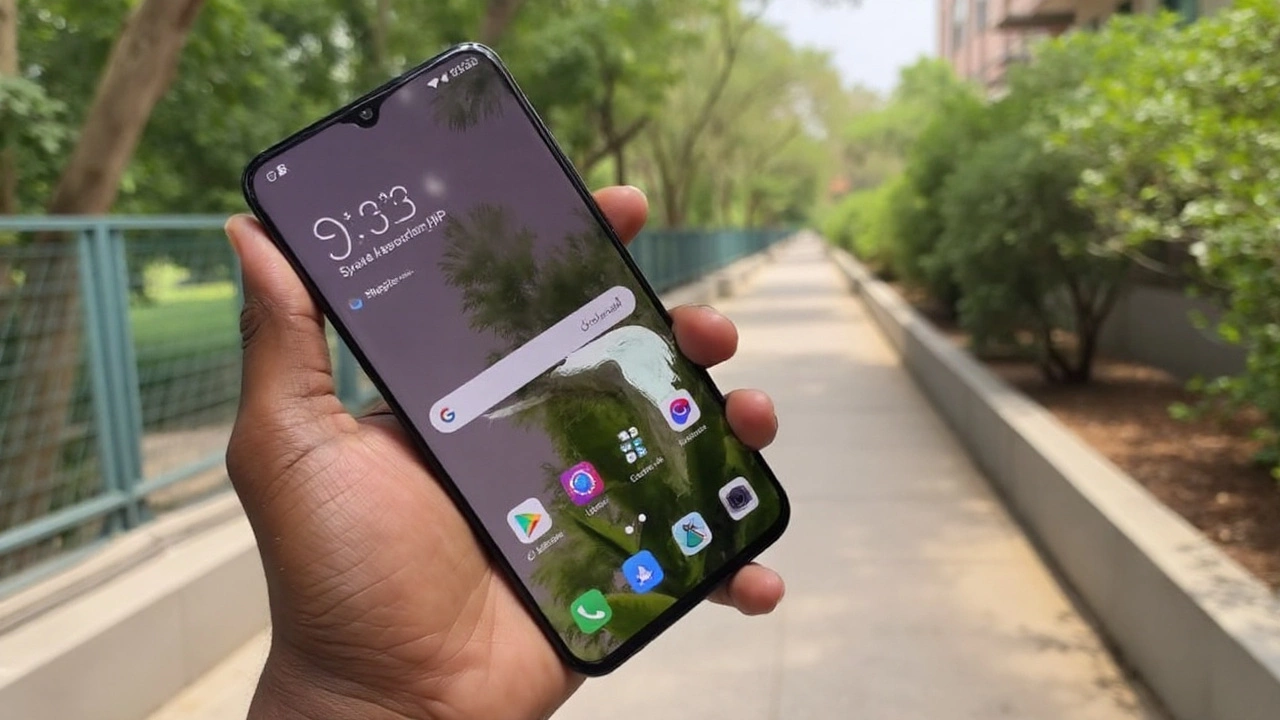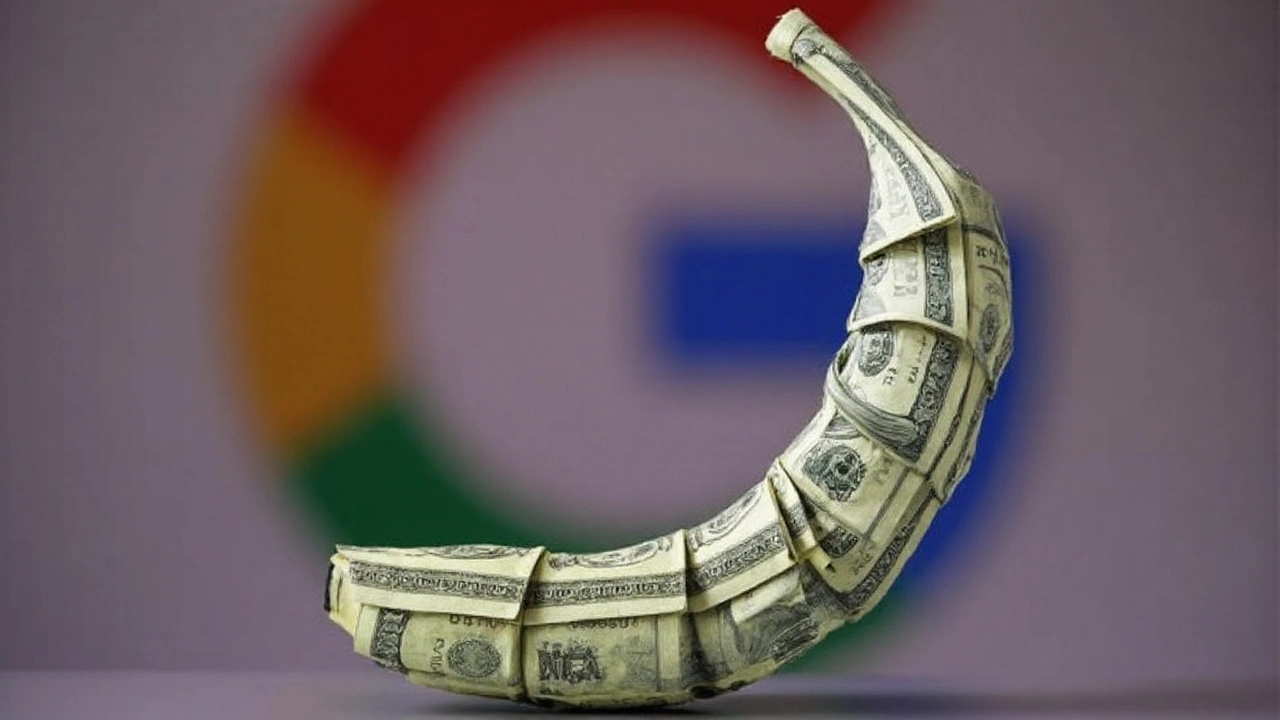In a matter of weeks, a quirky name and a sharp feature set flipped the AI app leaderboard. Google’s Gemini is now sitting on top of app store charts in the United States, Canada, the United Kingdom, and Germany—overtaking OpenAI’s ChatGPT—after a viral wave driven by one tool: Nano Banana.
Gemini’s momentum didn’t come out of nowhere. By July 2025, it was already closing in on mass-market scale with nearly 450 million monthly active users, according to internal figures shared with partners. The real spike came after Google rolled out its latest image tool—officially called Gemini 2.5 Flash Image Generation—on August 26. In September, downloads and daily use accelerated enough to push Gemini past ChatGPT in multiple countries, a milestone that would’ve sounded far-fetched back in March when ChatGPT logged 64.26 million downloads to Gemini’s 13.92 million, per Statista.
Since launch, the feature has been used more than 500 million times, Google says, and it has clearly pulled new people into the app. 9to5Google reports Gemini gained over 23 million users in the weeks after the rollout. That’s not just a lift—it’s a gear shift.
What pushed Gemini past ChatGPT
Nano Banana is an image generation and editing model built for everyday creativity, not just novelty. The pitch is simple: blend multiple images into one coherent scene, keep characters consistent across edits, and make surgical changes using plain-language prompts. Under the hood, it taps into Gemini’s broad world knowledge so pictures don’t just look good—they make sense.
In practical terms, people are doing things like merging a child’s birthday photo with a fantasy backdrop while keeping the kid’s face and outfit consistent across multiple frames. They’re rewriting skies, adding props, or changing lighting with a single sentence. You don’t need a designer’s toolkit or a GPU farm—just a prompt and an image. That low barrier is a big part of why this took off.
Photographer and AI reviewer Thomas Smith summed up the appeal: “It’s insanely good. Specifically, Nano Banana excels at editing existing images, rather than simply summoning new ones out of the ether.” That nails the difference. Instead of being yet another text-to-image toy, it leans into realistic, precise edits—exactly the kind of thing people want to do with the photos they already have.
And it’s sticky. Before-and-after edits travel well on social platforms. Posts credited to Nano Banana quickly racked up views across X and Reddit, where the format rewards quick hits that feel magical but believable. When you can turn an okay picture into a great one in 20 seconds, you’re more likely to share it—and more likely to download the app your friends say did the trick.
Google framed the launch as solving three pain points that have dogged AI image tools: consistency, control, and correctness. Consistency means the same character looks like the same person across scenes and angles. Control means you can target small edits (“change the jacket to dark green and keep the logo”) without wrecking the rest of the image. Correctness is the model’s grasp of the real world—where shadows should land, how objects interact, what text on signs should roughly look like. None of these are fully solved, but together they make the results feel much more usable.
That mix translated into behavior change. People weren’t just generating fantasy scenes; they were fixing real photos, mocking up marketing assets, and experimenting with short visual stories. The “storytelling” angle—keeping a character consistent through a sequence—matters for creators who want to draft comics, mood boards, or ad concepts without bouncing between tools.
There’s also the timing. The mobile AI race had settled into a rhythm after a year of catch-up and copycat features. ChatGPT still dominated downloads and mindshare as of spring. Then Gemini came in with something that felt fresh, shareable, and immediately useful. The result: a visible shift in the app store charts in several of the world’s biggest markets.
It helps that Google can surface a hit across its channels. When a feature resonates, it can promote it in the Gemini app, Android system prompts, and other surfaces. That distribution muscle doesn’t guarantee staying power, but it accelerates a strong start.

Why this surge matters—and what to watch next
The headline is market share, but the deeper story is how features, not brand loyalty, are setting the pace in consumer AI. One well-timed capability can swing millions of users, even against a heavyweight like ChatGPT. If you’re building in this space, the takeaway is brutal and energizing: deliver a clear benefit that people can show to friends, and the crowd moves.
We’ve seen this pattern before. Think of Instagram’s burst after launching Reels or how a single camera mode can lift a phone launch. AI apps are starting to feel the same way. The core chat experience is table stakes; specialized tools—image editing, code helpers, voice agents—are the features that change the leaderboard.
Safety is the other piece. Google shipped Nano Banana with a two-layer watermark system. Every image gets a visible tag in the bottom right corner and an invisible watermark that can be traced online. It’s not a cure-all, but it’s a meaningful step as synthetic images blend into everyday feeds. Watermarks make it easier for platforms and journalists to flag AI-made visuals and harder for bad actors to pass off edits as originals.
That approach slots into a broader industry push. Policymakers in the US and Europe have pressed AI companies to mark generated media. Standards are still evolving, and watermarks can be stripped or degraded, but building them into the default flow—and making them detectable at scale—gives platforms something to work with when misinformation inevitably shows up.
For creators and small businesses, the draw is speed. If you can produce a product shot, tweak a banner, or spin up a storyboard before lunch, you can test more ideas and spend less on production. Early adopters are already using Nano Banana to polish listings, design flyers, or plan visual narratives without hiring a designer for every small change. Expect marketplaces, indie game studios, and social teams to experiment heavily here.
There are, of course, the usual tough questions. Who owns the output when you remix a customer’s photo with AI? How should stock sites handle images touched by AI edits? What happens when a convincing fake carries a real person’s face? The watermarking helps, but platform policies and legal frameworks will need to catch up. Brands will likely write their own rules on disclosure—“AI-edited” tags in campaign footers are becoming standard in some sectors.
On the competitive front, ChatGPT isn’t standing still. OpenAI has iterated fast on voice modes, multimodal understanding, and developer tools. The next volley could be an editing feature that narrows Gemini’s lead or a new modality that steals back attention. The AI race has become a relay of headline features—whoever holds the baton longest doesn’t always win the race, but they do set the pace.
Distribution will play a role in what happens next. Google can tuck Gemini features into Android and surface them in everyday tasks, from photo tweaks to note-taking. OpenAI’s strength is its developer ecosystem and the speed at which new capabilities land in the ChatGPT app and APIs. If history is a guide, we’ll see trading blows: an image-editing leap on one side, a voice or agent upgrade on the other.
For regular users, the signal is simple: the tools are getting more practical. A year ago, most AI image demos were impressive but fragile. Today, you can ask for a very specific change to a real photo and expect a decent result. That’s a milestone. It’s also a reminder that the bar keeps rising—what feels magical now will feel basic next spring.
The data points behind this shift tell a tight story. Gemini approached 450 million monthly active users by July 2025. After the late-August launch of Nano Banana, usage of the image feature crossed 500 million actions, and downloads rose fast enough to flip the charts in top markets in September. 9to5Google pegs new user gains at over 23 million in the first month. Back in March, Statista had ChatGPT ahead by a wide margin. That gap just got a lot narrower.
One detail worth watching is whether this momentum turns into habit. Are people coming back every day to edit and share, or is this a viral spike that settles into a niche? Photo and video tools tend to have strong repeat use if they slot into real workflows—social content, product listings, family albums. If Gemini holds those routines, it will have earned more than a news-cycle win.
Another watch item: how polished the edges remain as demand scales. When millions of users try the same feature, the awkward cases show up fast—hands, text on signs, tricky lighting. Early testers say the model handles these better than many rivals, but the internet is relentless. The next month will surface flaws and, inevitably, workarounds.
For now, though, the impact is clear. A single feature with a memorable name delivered a clean, useful result and climbed straight into the mainstream. In a crowded AI market, that’s how you steal the spotlight—and, for the moment, the top spot in the charts.





